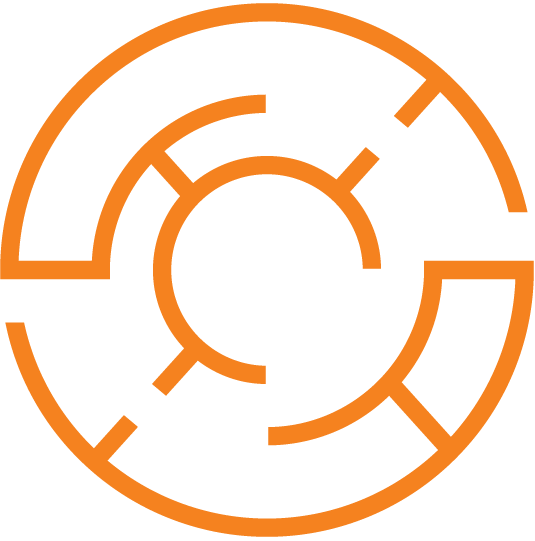
This live blog is tracking the latest developments in European research and innovation programmes, including the broader debate on the future of R&D policy and funding in the next multiannual budget due to start in 2028. Beyond that, we look at other EU policies with significant research and innovation components in climate, digital, agriculture and regional development. In addition, national governments often come up with new R&D policies, decide to fund new research avenues, and set up international cooperation deals. This blog aims to keep you informed on all of that and more.
If you have any tips, please email them at [email protected].
You can read the full archive of this blog here.
The European Commission’s Joint Research Centre and the Polish Łukasiewicz Research Network have signed a five-year memorandum of understanding for the launch of a partnership aimed to strengthen scientific cooperation in key areas ranging from the energy transition to sustainable chemistry to digitalisation.
“This new memorandum of understanding will deepen Poland's contribution to European research and innovation while helping translate scientific knowledge into practical solutions for citizens and businesses,” the Commission said in a statement.
More details here.
The European research Council (ERC) has seen the number of applications to its Starting Grants 2026 call increase by 22.4% year-on year to 4,807, with a record share of submissions from women since 2007, at 43%.
According to the ERC, the highest number of applications came from physical sciences and engineering, with 1,980 submissions, followed by social sciences and humanities with 1,568 submissions, and life science with 1,257 submissions.
More details here.
The European Institute of Innovation and Technology (EIT) has launched new education and skills initiatives as part of efforts to close Europe’s skills gap.
The EIT STEM Tech Talent Induction aims to train and certify at least one million people in science, technology, engineering and mathematics (STEM) and deep tech by 2028.
Meanwhile, a new Girls Go STEM programme hopes to train 100,000 schoolgirls under the EU objective of reaching one million women and girls in STEM education by 2028.
“There is no innovation without education,” Martin Kern, director of the EIT, said in a statement. “By investing in STEM education, deep tech talent, and higher education capacity, we are ensuring that Europe remains competitive, resilient, and able to lead in the technologies and industries of the future.”
More details here.
The European Commission has appointed Momchil Sabev as director of the European Innovation Council and SMEs Executive Agency (EISMEA).
Sabev will take the top job at EISMEA after 15 years spent in various positions in Commission’s services. Before joining the Commission, he worked at the European Court of Human Rights.
The mission of EISMEA is to reinforce EU’s position as a global leader in research and innovation, strengthen the EU single market and open up opportunities for start-ups and small companies.
Sabev will take the new position at a date that “will be determined later,” the Commission said.
The European Commission and the European Institute of Innovation and Technology (EIT) have launched the European Advanced Materials Academy, which aims to train 200,000 people in the field by 2029.
The objective of the academy, whose implementation is led by EIT Raw Materials, is to train “a future-ready workforce” and fill the need for skilled workers in high-tech sectors ranging from energy to electronics.
The first training sessions are expected to start in early 2026.
More details here.
The European Commission has appointed Momchil Sabev as director of the European Innovation Council and SMEs Executive Agency (EISMEA).
Sabev will take the top job at EISMEA after 15 years spent in various positions in Commission’s services. Before joining the Commission, he worked at the European Court of Human Rights.
The mission of EISMEA is to reinforce EU’s position as a global leader in research and innovation, strengthen the EU single market and open up opportunities for start-ups and small companies.
Sabev will take the new position at a date that “will be determined later,” the Commission said.
The European Commission has launched a public consultation on the future European Research Area (ERA) Act, a new law aimed at creating a single, borderless market for research and innovation in Europe.
The consultation will be open until 5 January 2026.
More details here.
The EuroHPC Joint Undertaking (EuroHPC JU) has selected six new sites in Czechia, Lithuania, the Netherlands, Poland, Romania and Spain to deploy new artificial intelligence factories next year and expand Europe’s AI capabilities.
“Each AI factory will act as a one-stop shop nationally, offering European AI startups, SMEs, and researchers comprehensive support to develop their AI-ready data and gain access to AI-optimised HPC [High-Performance Computing] resources, training, and technical expertise,” EuroHPC JU said in a statement.
The selected sites come in addition to 13 others that were previously chosen.
More details here.
The Marie Skłodowska-Curie Actions (MSCA) Staff Exchanges 2025 call, which will support international and intersectoral staff exchanges, received 363 project proposals for a budget close to €423.6 million.
Last year, the European Research Executive Agency received 329 proposals.
Under this call, the EU is expected to finance 80 to 90 projects for around €97.7 million.
More details here.
The European Commission has launched ResearchComp, a tool designed to help researchers across Europe evaluate and develop their transversal skills, support higher education and training providers in adapting their offer, and inform employers on the competences of researchers.
“This brand-new digital tool is based on the 39 competences of ResearchComp and allows users to identify their proficiency level in each of the 7 competence areas through a multiple-choice online questionnaire,” the Commission writes.
More details here.

 A unique international forum for public research organisations and companies to connect their external engagement with strategic interests around their R&D system.
A unique international forum for public research organisations and companies to connect their external engagement with strategic interests around their R&D system.